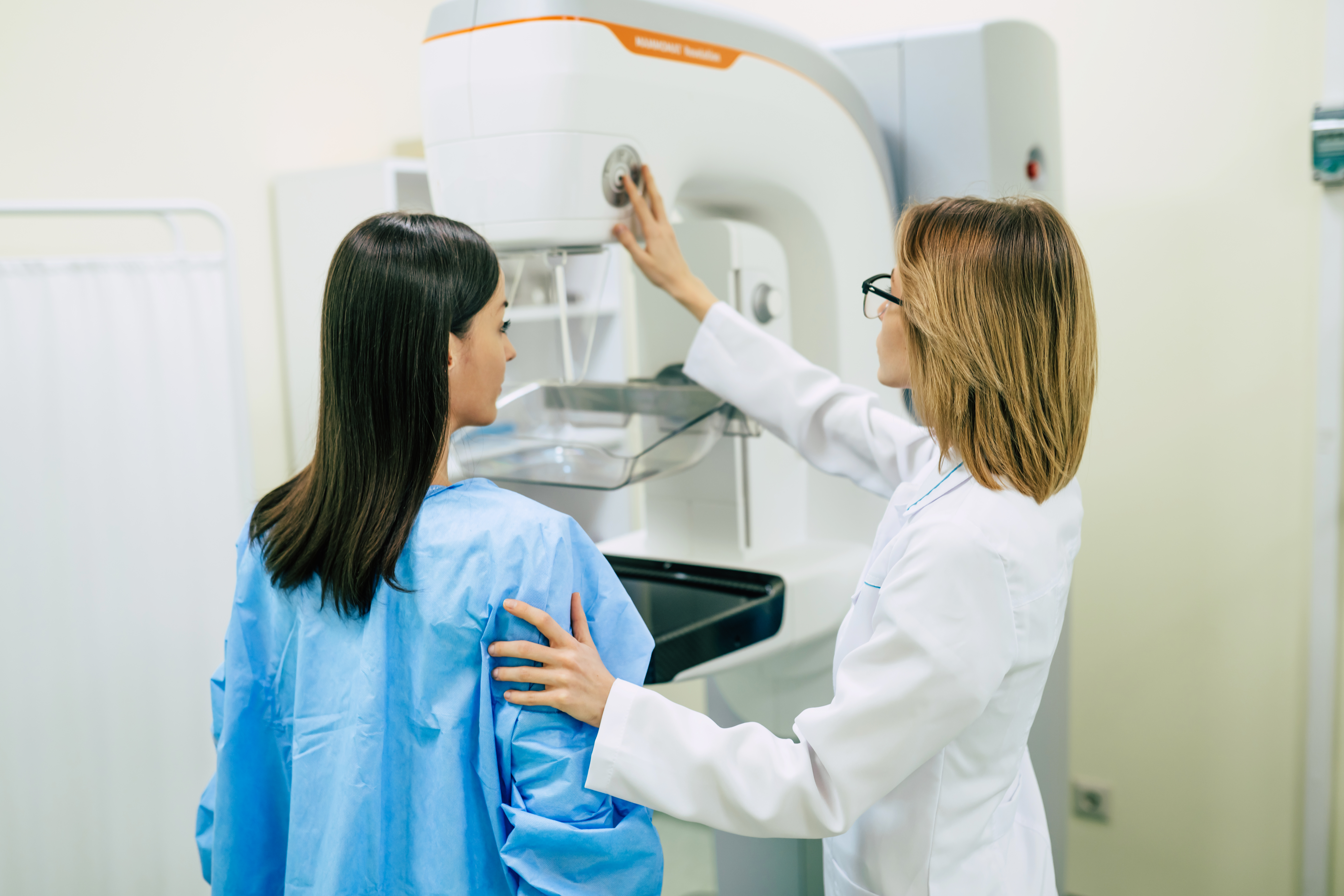A woman in her mid-twenties who begins using a Fertility Awareness-Based Method (FABM) for charting or family planning will find it pretty straightforward. Ovulation is clear, and it’s easy to see the patterns emerging through her biomarkers in her cycles that tell her what’s going on hormonally.
Other periods in a woman’s life, however, such as puberty, postpartum, and perimenopause, can be a really tricky time to understand what’s going on. That’s because when a body is regulating (or in perimenopause’s case, deregulating), it is going through a period of transition. It’s sort of like fall or spring. You could be breezy and wearing flip-flops one day, and then needing a turtleneck sweater the next. It can be unpredictable and difficult to follow.
Luckily, there are things we can be on the lookout for and there are ways to support a woman in perimenopause with the help of Fertility Awareness-Based Methods. With the right guidance, a prioritization of endocrine health, and a positive outlook, charting during this season doesn’t have to be quite so complicated.
What’s going on?
First off, let’s talk about what’s actually happening during perimenopause. This season could be compared similarly to puberty—but on the flip side. Instead of ovulation gearing up to be more regular, it is winding down to become less frequent and ultimately cease. Perimenopause can last a few months, or up to a decade. Each woman’s experience can vary, some experience the season intensely with side effects like hot flashes and sleep disturbances, while others experience nothing.
Here is what’s going on “backstage” with the hormonal production: our bodies first start to create less progesterone. Then eventually less of the luteal hormone (LH), and then less estrogen. Follicle-stimulating hormone (FSH) levels, on the other hand, remain elevated for several years after the woman’s last period (menopause).
In the beginning of perimenopause, the production of estrogen is higher than usual, as the follicles may need two, three, or more attempts to actually ovulate. If ovulation does occur, the progesterone is likely insufficient to counter the estrogen levels from prior. (Think of estrogen and progesterone as yin and yang—they balance each other out.) For a regularly cycling woman, we look for a 2:6 ratio of progesterone to estrogen. In perimenopause, they could double or triple, causing estrogen dominance. (This is in part what is responsible for those hot flashes!)
Whenever a woman is in the perimenopause transition, I encourage them to get outside guidance from a Fertility Awareness-Based Method instructor. It’s hard to have your head in your own chart and be wrapped up in the details. Sometimes, getting a refresher course on what’s going on hormonally, helps you get out of your own chart just enough to get the right perspective. I often tell women to consider switching up their biomarkers if the ones they are reading aren’t clear enough.
For example, if you’re only charting the signs of cervical mucus, think about adding a progesterone urine test or a Marquette monitor. These will give you just a little more insight into what’s going on. It’s likely you will have lots of days of cervical fluid in the beginning which will make charting confusing. If ovulation does occur, luteal phases may be short. Even though chances of pregnancy are much lower during perimenopause, if a pregnancy does occur, the mother has a higher chance of complications. If avoiding pregnancy is your intention, it’s important to take extra precaution.
Other Important Considerations
During this time and beyond, it’s crucial to prioritize endocrine health. Of course, there are obvious healthy lifestyle practices—like getting good sleep, eating whole unrefined and unprocessed foods, and participating in regular exercise—but during perimenopause, supporting your liver, gut, thyroid, and adrenal health are more important than ever.
Many functional medicine doctors can provide you with tests (either blood or saliva) that can give you an idea of where you are on the spectrum of cycle deregulation. The tests can be paired, under the guidance of a medical professional, with bio-identical hormone therapy which is dramatically different than conventional hormone therapy. Bio-identical therapy is custom tailored to each individual’s needs. But this isn’t necessary for everyone. It’s most important that women take the time to care for themselves in the every day—in the little things.
Perimenopause and postmenopause get a bad rap. While the body is certainly going through a lot of transitions, it doesn’t need to be as negative an experience as we often hear it described. Fertility Awareness-Based Methods can provide a helpful play-by-play of what is happening with your body, and there are nutritional and other adjustments you can make to improve your experience (see our Survival Kit for Perimenopause here!). Finally, during this season of life, women should take the time to pursue joy and the things that give them pleasure. A practice of prayer and meditation is helpful in stress management. And women usually find, on the other side, a whole new wisdom in their womanhood.
This article was last updated on April 25th, 2023 to correct an error about FSH levels during menopause.










